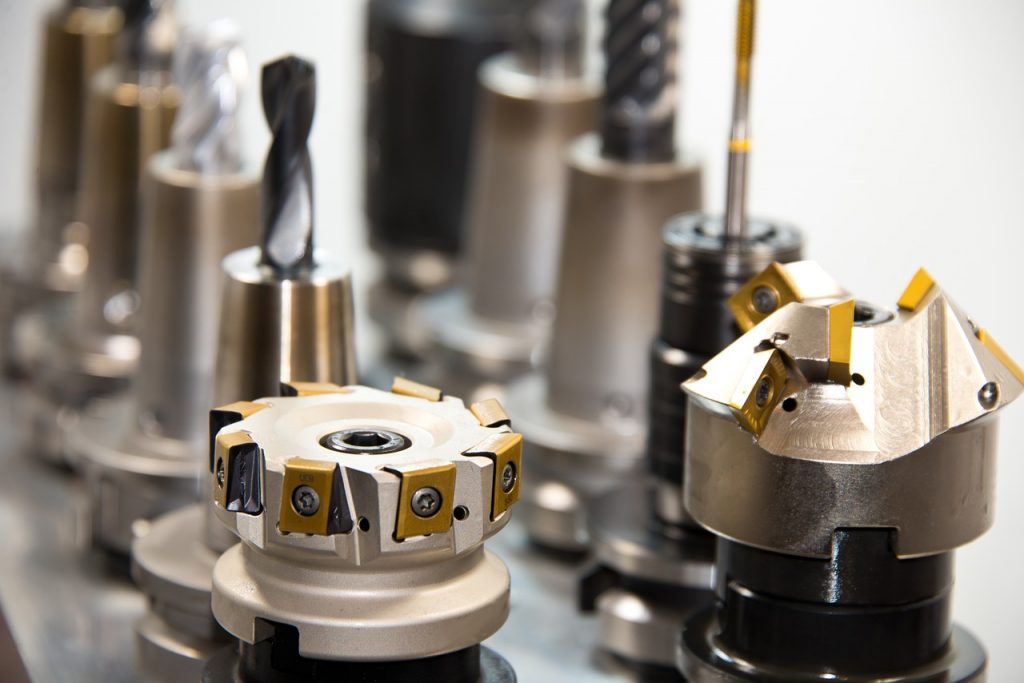Steel fabrication is widely used in all industrial sectors. Steel is also the most produced and commonly used iron alloy. The year 2015 saw 1,599.5 million metric tons of the manmade alloy production. China, Japan, and India produce and consume the highest percentage of Steel.
Steel fabrications form the backbone of human civilization and Industrialization due to their reliability, low cost, superior mechanical properties and flexibility in application. Despite the advent of polymers and composites as a replacement for steel components, the iron alloy will probably remain an integral part of any machine and fabrication.

How Is Steel Fabricated?
Steel fabrication is the manufacturing of steel structures by cutting, bending and assembling processes. All machines and structures made of the iron alloy can be termed fabrications. Steel fabrication jobs are done at “Fab shops” based on engineering drawings and value added processes such as welding, cutting, forming and machining.
All large and small scale steel fabricators use job shops (or Fab shops) for designing and manufacturing of objects including structural frames for buildings and heavy equipment.
The general processes involved in fabricating steel machines and structures are:
- Cutting & Burning: Steel is cut to design requirements using shearing technique and relevant tools including band saws. The most popular tool used is CNC Cutting Torch, which uses natural gas, plasma, laser or extreme-velocity water jets to cut large sections of steel with great ease.
- Forming: After cutting and burning, Steel is then deformed using tools such as punches and dies. Forming can also be done using machining techniques such as a linear grating. Proper designing and use of tools can produce a repeatable form, which can be used to create products multiple products for large industries that use steel, including construction, automotive, aerospace, and civil.
- Machining: This process removes unwanted material from the prefabricated steel work to achieve the conceptualized shape. Some of the machines and tools used in this process are lathes, mills, and drills.
- Welding: The machined product is then assembled and welded using engineering drawings. Steel warping is a problem often encountered. It is straightened using an oxy-acetylene torch. The welded component is sometimes annealed at a low temperature to remove residual stresses. Some other welding techniques used are Laser Welding, MIG/MAG Welding, Plasma Arc Welding, and TIG Welding.
- Final Assembly: For the final assembly, the welded product is sandblasted, primed and painted.
- Other Techniques: Apart from the ones mentioned before, fabricators also use casting and powder coating to manufacture steel products.

How We Use Them
Steel fabrications do not require a mention as they are found in most of the components we use, such as utensils, building construction steel frames, aircraft engines, computer parts and other electronic components, automotive chassis and engine, and literally every metal machine and structure available around us.
Steel fabrications are reliable and durable and do not corrode easily. They are both malleable and ductile and have applications inmost sectors.
The Future Of Steel Fabrications
Most large steel fabricators have partially automated all fabrication processes by introducing robots. Robot welders, formers, cutters, makers, and drillers are way more efficient than humans. And although automation is raking up debates about job safety, most steel companies prefer it due to its cost-effectiveness and high efficiency. However, relying entirely on automation is still a distant dream and not yet possible.
Despite the advent of smarter materials, steel fabrications will continue to remain the propeller of our economy. And with newer fabrication techniques and increased automation, steel production is only set to grow further.
